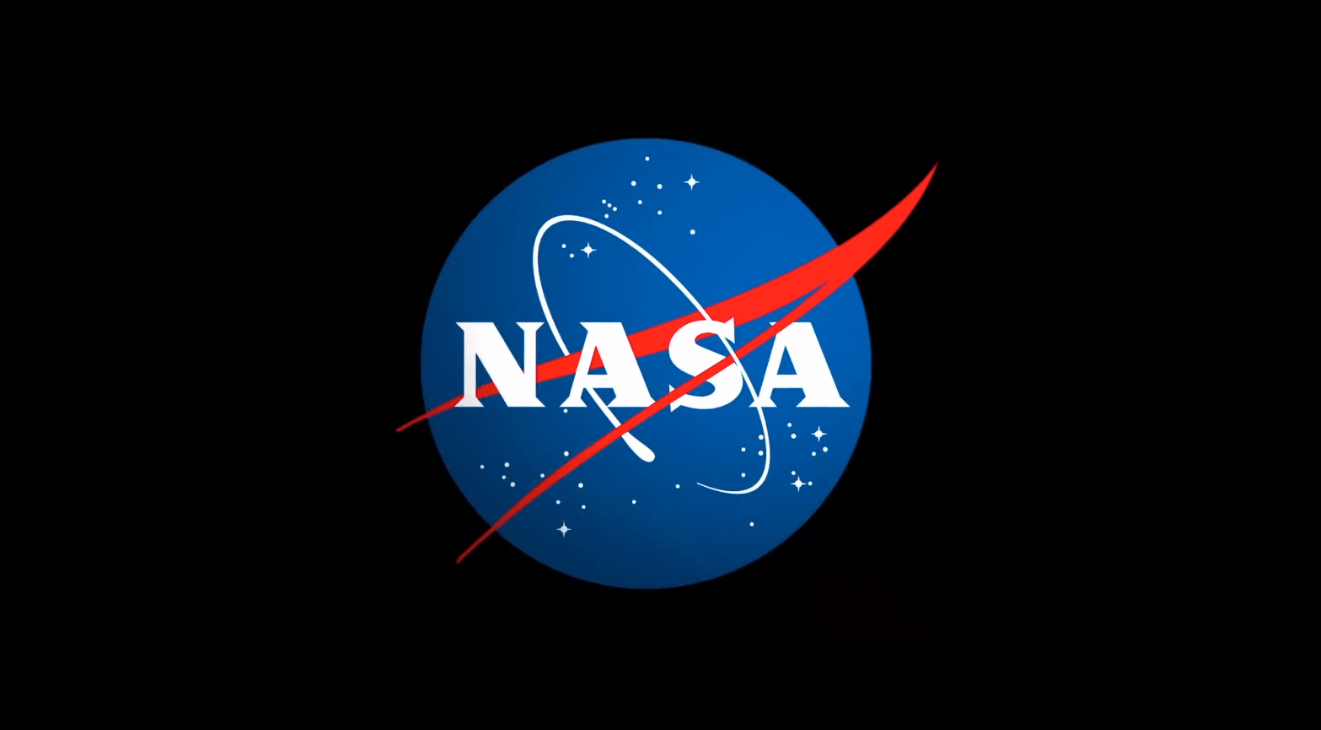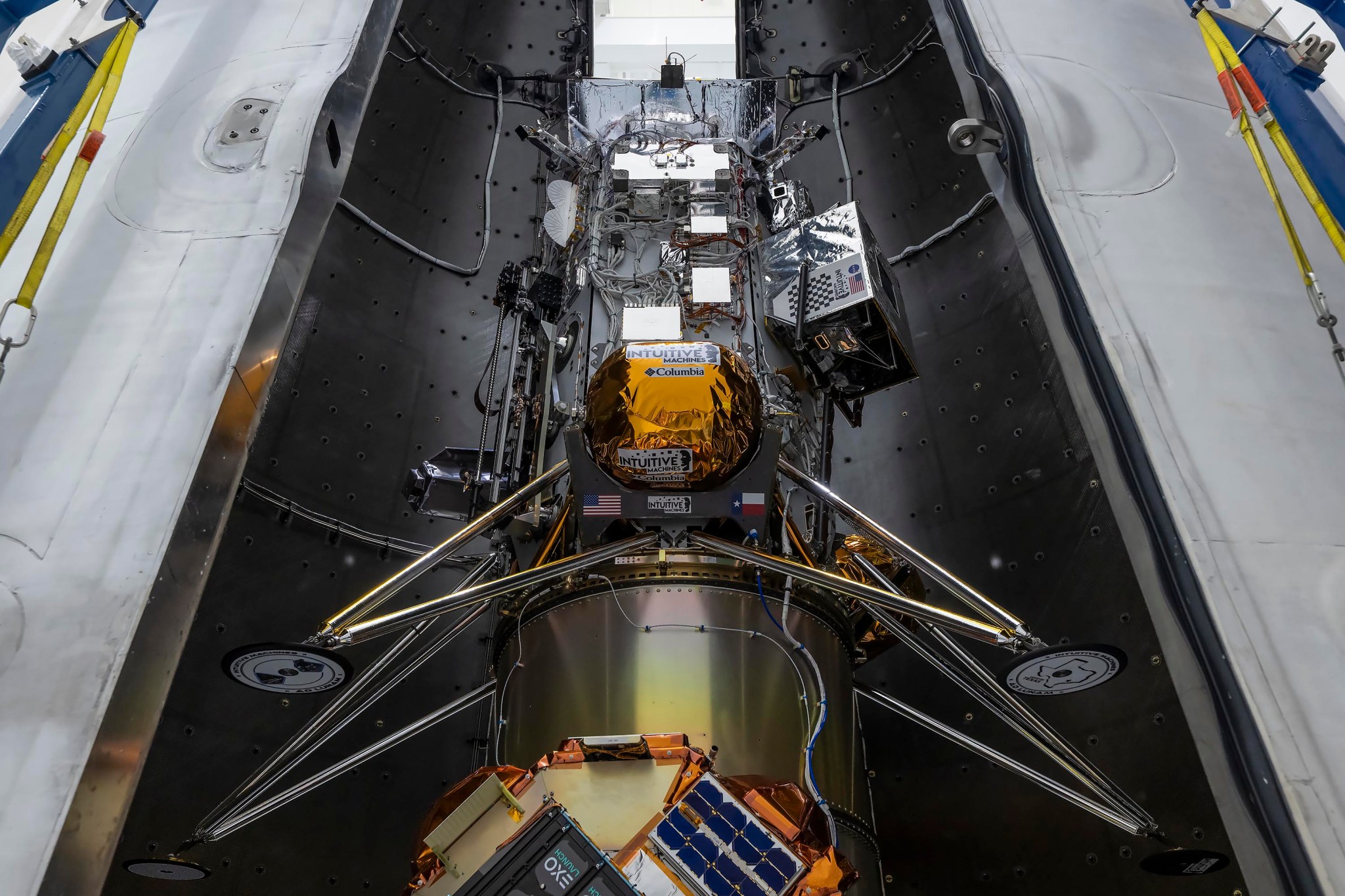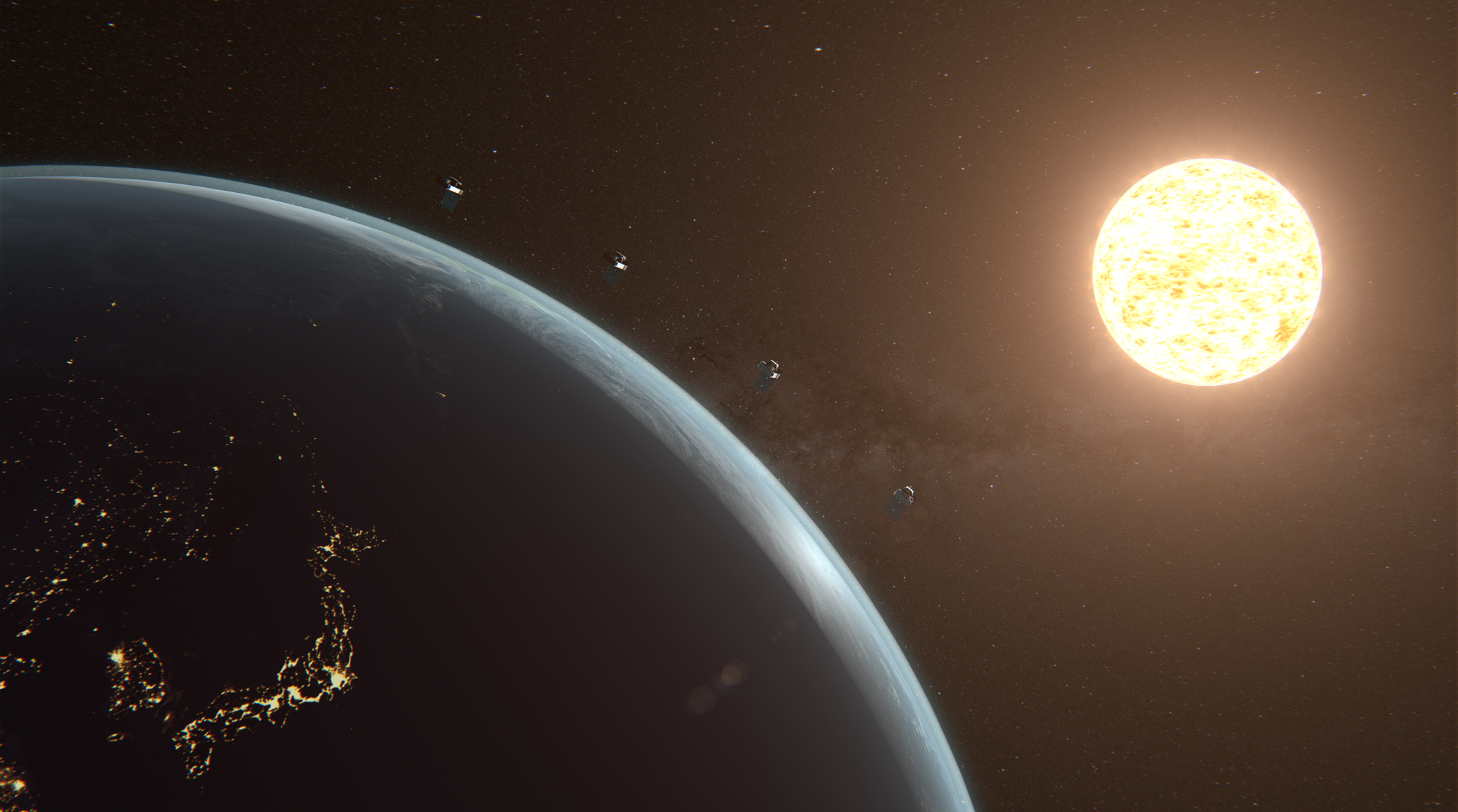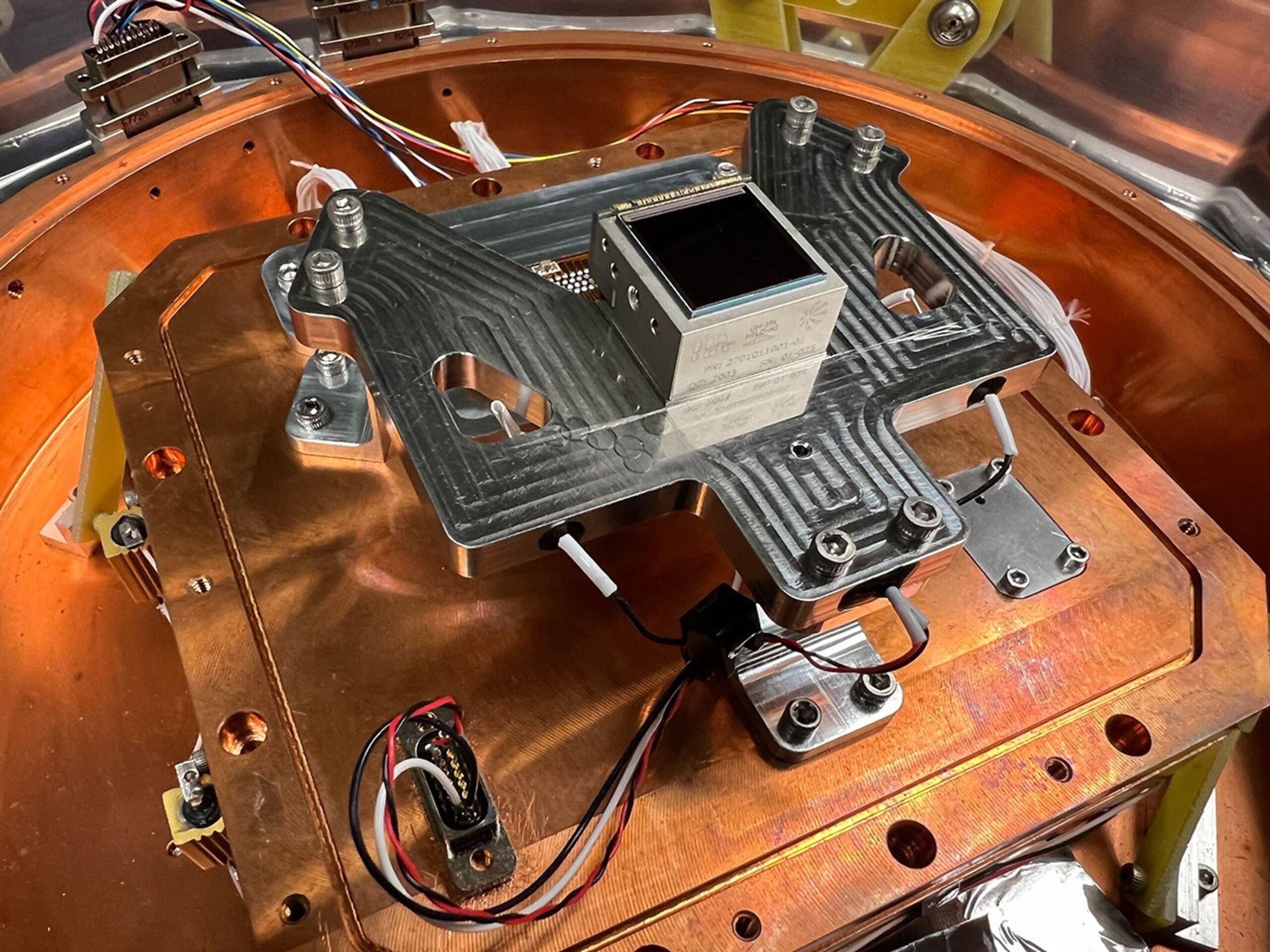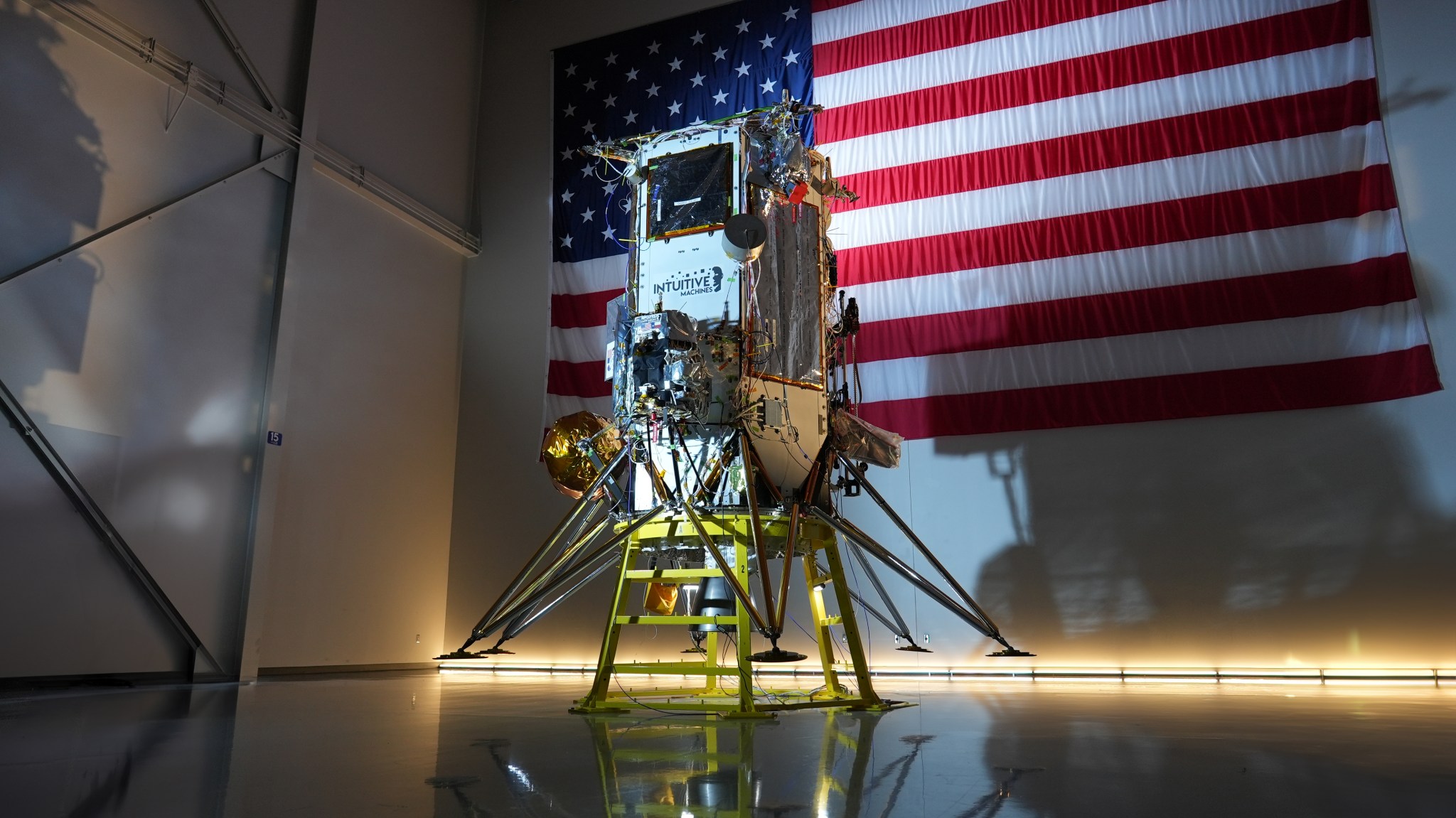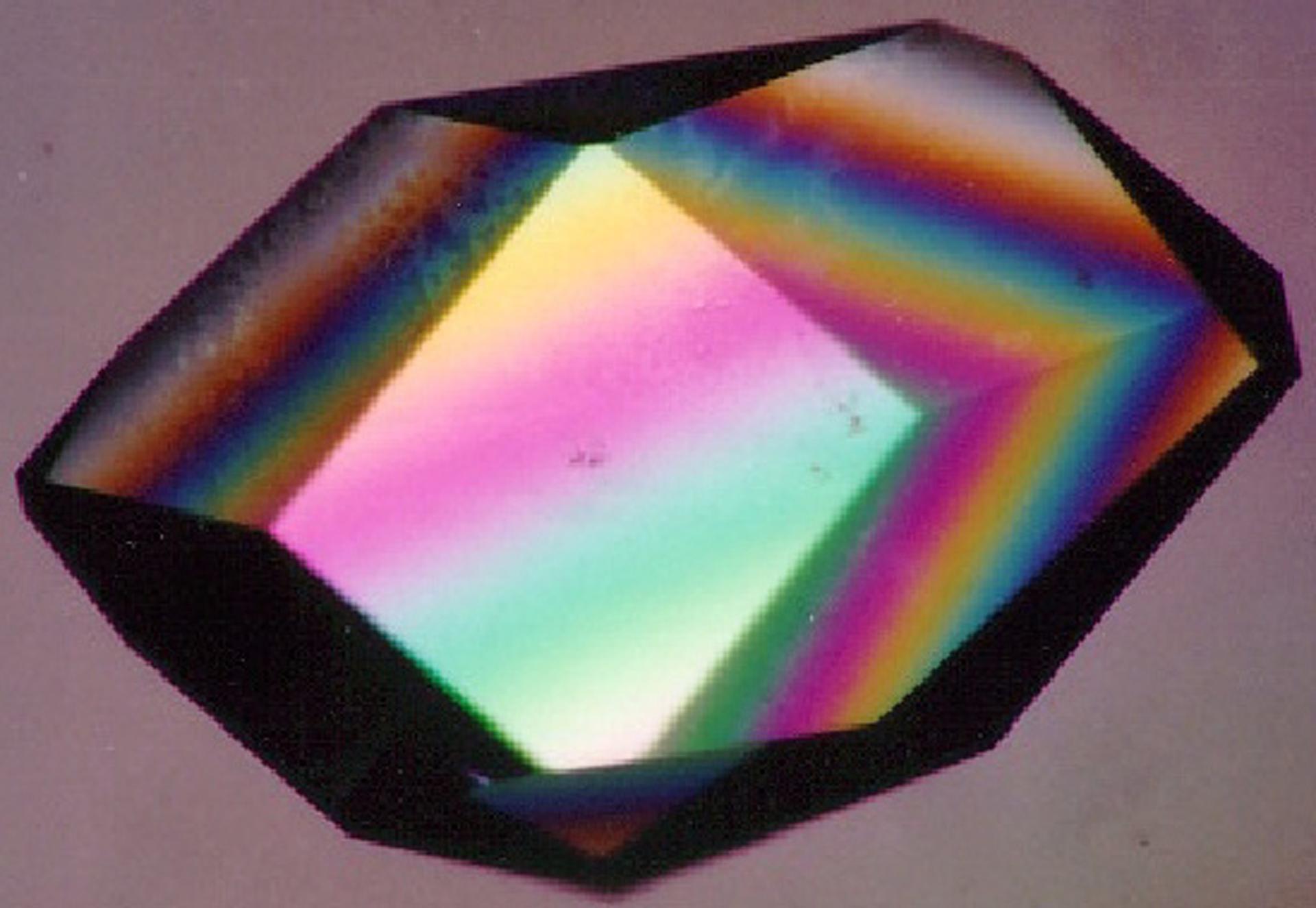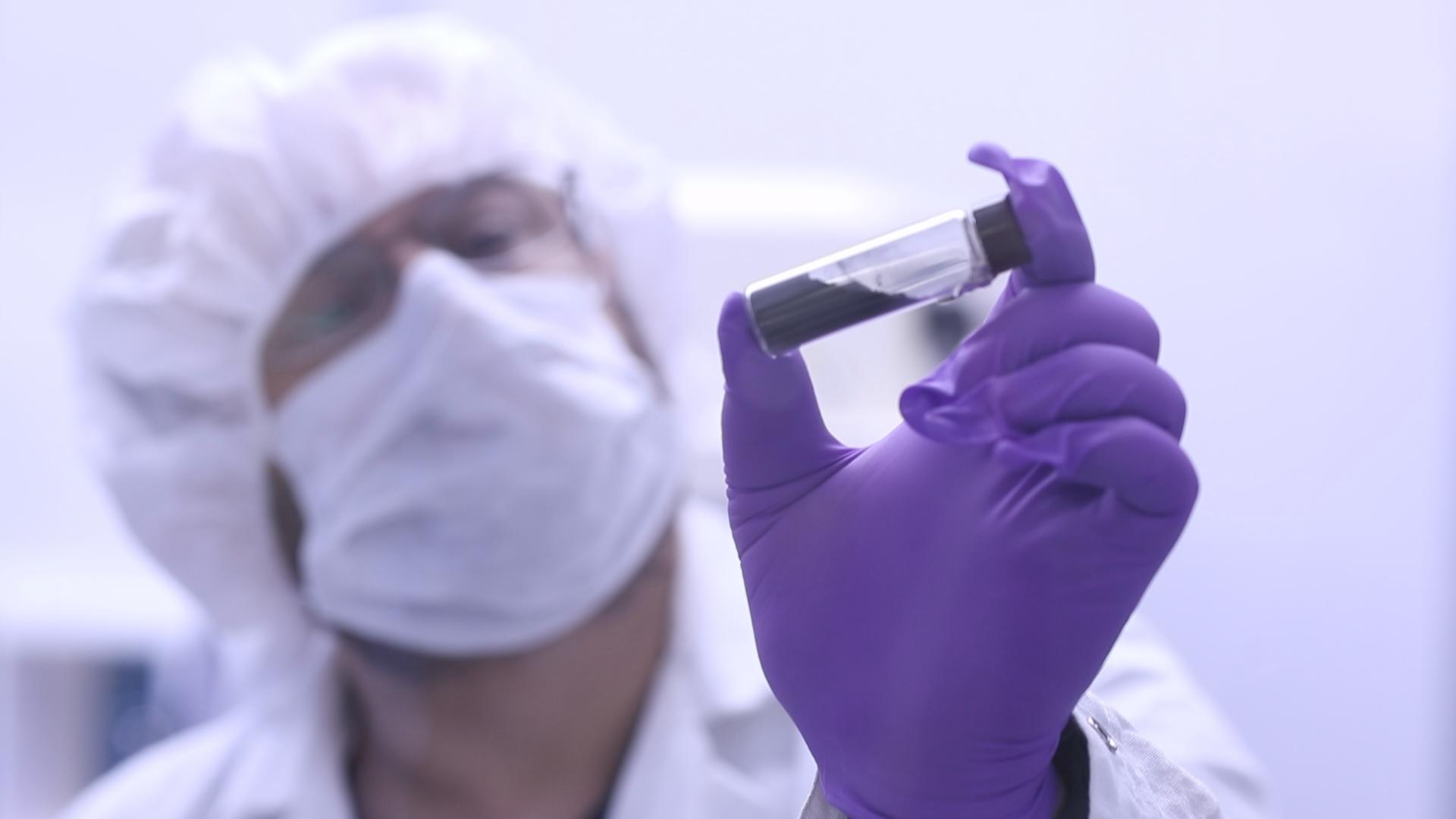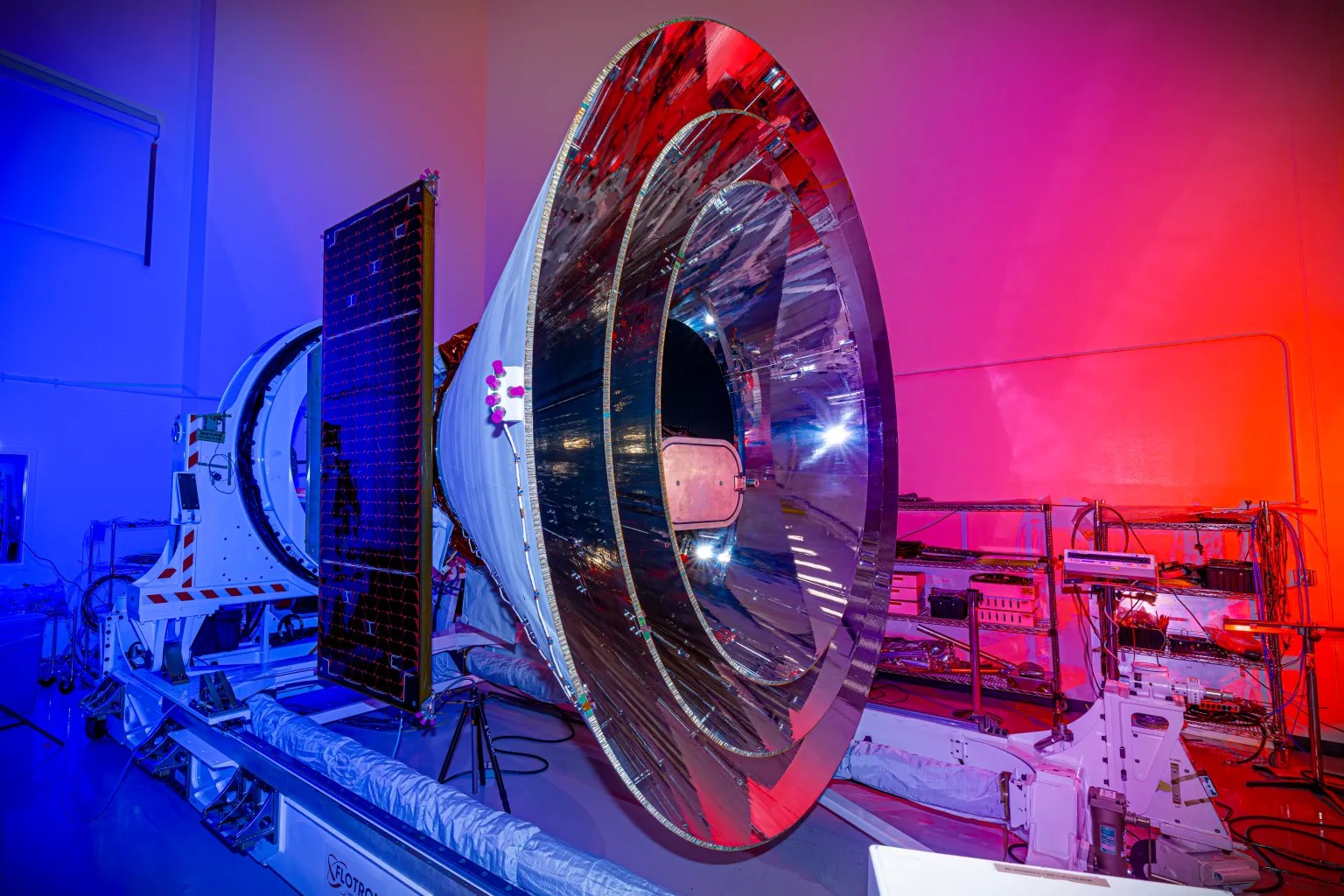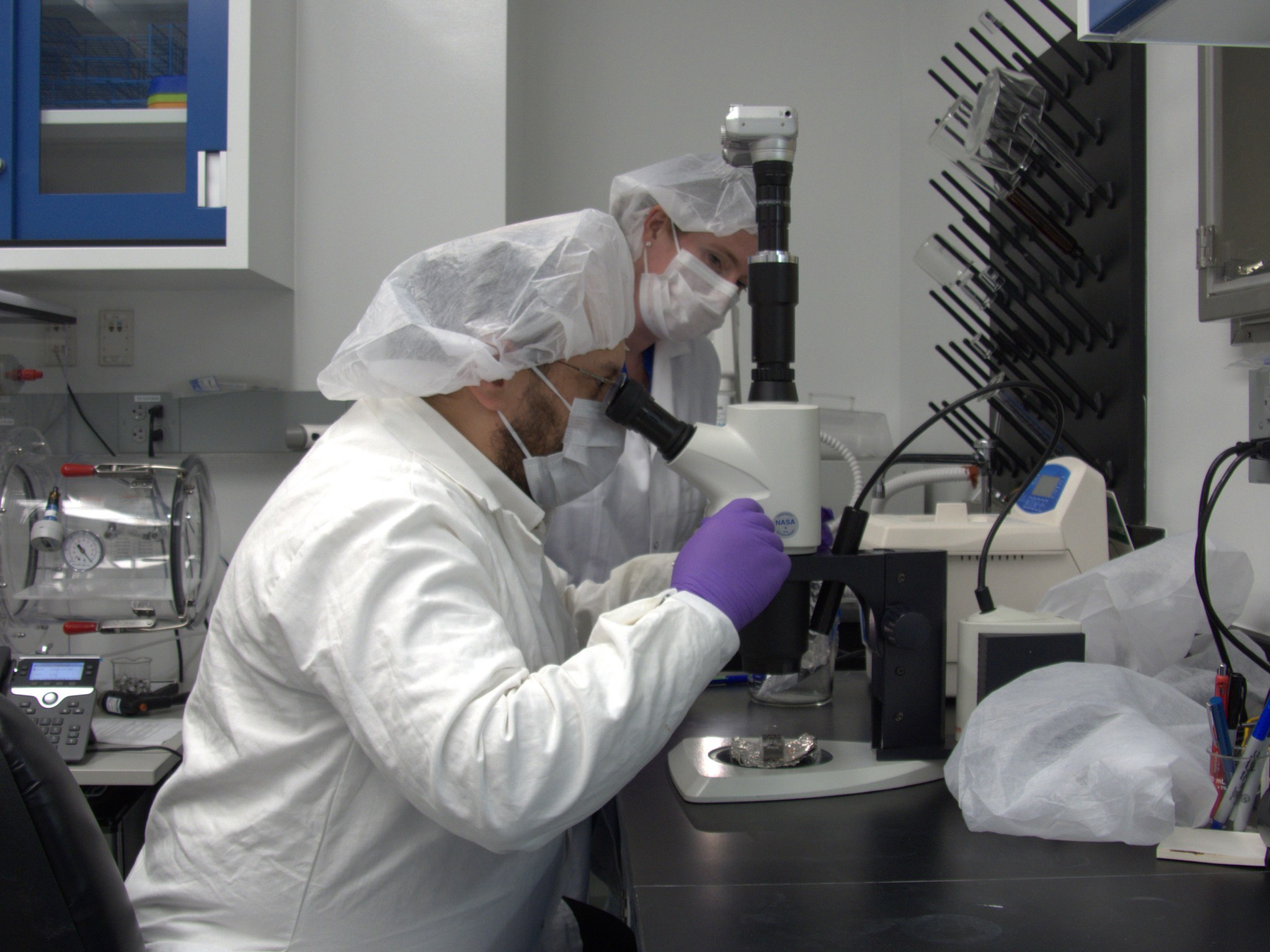Credit: NASA NASA, on behalf of the National Oceanic and Atmospheric Administration (NOAA), has awarded a delivery order to BAE Systems Space & Mission Systems Inc. of Boulder, Colorado, to build spacecraft for the Lagrange 1 Series project as a part of NOAA’s Space Weather Next program. The award made under the Rapid Spacecraft Acquisition IV contract, has a total value of approximately $230.6 million with the period of performance running from February 2025 to February 2035. The work will take place at the awardee’s facility in Boulder. The firm-fixed-price…
Read MoreTag: Science Mission Directorate
NASA Sets Coverage for Intuitive Machines’ Next Commercial Moon Launch
Caption: The Intuitive Machines lunar lander that will deliver NASA science and technology to the Moon as part of the agency’s CLPS (Commercial Lunar Payload Services) initiative and Artemis campaign is encapsulated in the fairing of the SpaceX Falcon 9 rocket. Credit: SpaceX Carrying NASA science and technology to the Moon as part of the agency’s CLPS (Commercial Lunar Payload Services) initiative and Artemis campaign, the Intuitive Machines IM-2 mission is targeted to launch no earlier than Wednesday, Feb. 26. The mission will lift off on a SpaceX Falcon 9…
Read MoreNASA’s PUNCH Mission to Revolutionize Our View of Solar Wind
6 Min Read NASA’s PUNCH Mission to Revolutionize Our View of Solar Wind Earth is immersed in material streaming from the Sun. This stream, called the solar wind, is washing over our planet, causing breathtaking auroras, impacting satellites and astronauts in space, and even affecting ground-based infrastructure. NASA’s PUNCH (Polarimeter to Unify the Corona and Heliosphere) mission will be the first to image the Sun’s corona, or outer atmosphere, and solar wind together to better understand the Sun, solar wind, and Earth as a single connected system. Launching no earlier…
Read MoreNASA Science: Being Responsive to Executive Orders
2 min read NASA Science: Being Responsive to Executive Orders February 18, 2025 To the NASA Science Community – As the nation’s leader in Earth and space science, NASA Science operates within the broader context of the federal government and its priorities. As part of the Executive Branch, we are always responsive to the direction set by the Administration, including executive orders and policy guidance that relate to our programs and activities. We are working as quickly as possible to implement these Executive Orders and related policies. We understand that…
Read MoreNASA to Talk Science, Tech Aboard Next Intuitive Machines Moon Flight
As part of NASA’s CLPS (Commercial Lunar Payload Services) initiative and Artemis campaign, Intuitive Machines’ second delivery to the Moon will carry NASA technology demonstrations and science investigations on their Nova-C class lunar lander. Credit: Intuitive Machines NASA will host a media teleconference at 1 p.m. EST Friday, Feb. 7, to discuss the agency’s science and technology flying aboard Intuitive Machines’ second flight to the Moon. The mission is part of NASA’s CLPS (Commercial Lunar Payload Services) initiative and Artemis campaign to establish a long-term lunar presence. Audio of the…
Read More6 NASA Experiments on Materials, Benefitting Space and Earth
A Lysozyme crystal grown in microgravity, viewed under a microscope using X-ray crystallography. NASA Did you know that NASA conducts ground-breaking research in space on materials like metals, foams, and crystals? This research could lead to next-generation technology that both enables deep-space exploration and benefits humanity. Here are six studies scientists have conducted on the International Space Station that could have profound implications for future space travel and also improve products widely used on Earth: 01 Advancing construction and repairing techniques with liquid metals Researchers are looking at the effects…
Read MoreNASA’s Asteroid Bennu Sample Reveals Mix of Life’s Ingredients
In this video frame, Jason Dworkin holds up a vial that contains part of the sample from asteroid Bennu delivered to Earth by NASA’s OSIRIS-REx (Origins, Spectral Interpretation, Resource Identification, and Security – Regolith Explorer) mission in 2023. Dworkin is the mission’s project scientist at NASA’s Goddard Space Flight Center in Greenbelt, Maryland. Credit: NASA/James Tralie Lee esta nota de prensa en español aquí. Studies of rock and dust from asteroid Bennu delivered to Earth by NASA’s OSIRIS-REx (Origins, Spectral Interpretation, Resource Identification and Security–Regolith Explorer) spacecraft have revealed molecules…
Read MoreNASA to Preview Sky-Mapping Space Telescope Ahead of Launch
NASA’s SPHEREx space observatory was photographed at BAE Systems in Boulder, Colorado, in November 2024 after completing environmental testing. The spacecraft’s three concentric cones help direct heat and light away from the telescope and other components, keeping them cool. Credit: BAE Systems NASA will host a news conference at 12 p.m. EST Friday, Jan. 31, to discuss a new telescope that will improve our understanding of how the universe evolved and search for key ingredients for life in our galaxy. Agency experts will preview NASA’s SPHEREx (Spectro-Photometer for the History…
Read MoreNASA to Brief Media on Asteroid Sample Mission Findings
Jason Dworkin, project scientist for OSIRIS-REx at NASA’s Goddard Space Flight Center in Greenbelt, Maryland, views a portion of the asteroid Bennu sample in the center’s astrobiology lab under microscope in November 2023, shortly after it arrived from the curation team at the agency’s Johnson Space Center in Houston. Credit: NASA/Molly Wasser NASA will brief media at 11 a.m. EST Wednesday, Jan. 29, to provide an update on science results from NASA’s OSIRIS-REx (Origins, Spectral Interpretation, Resource Identification, and Security – Regolith Explorer) mission, which delivered a sample of asteroid…
Read MoreNASA’s Planetary Defenders Head to the Sundance Film Festival
Trailer for NASA’s upcoming documentary, “Planetary Defenders,” which will take audiences inside the high-stakes world of asteroid hunting and planetary defense. NASA is bringing the high-stakes world of planetary defense to the Sundance Film Festival, highlighting its upcoming documentary, “Planetary Defenders,” during a panel ahead of its spring 2025 premiere on the agency’s streaming service. “We’re thrilled that NASA is attending Sundance Film Festival for the first time – a festival renowned for its innovative spirit,” said Brittany Brown, director, NASA Office of Communications Digital and Technology Division, at the…
Read More